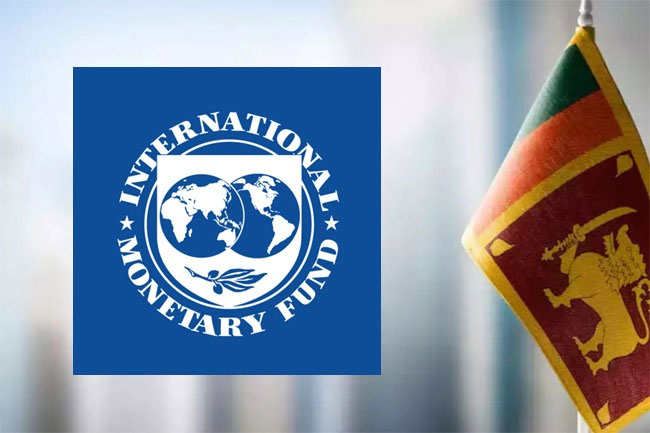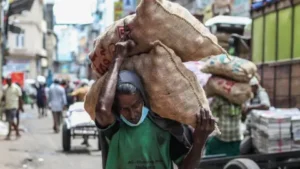
IMF Green Light Boosts Confidence as Sri Lanka’s Recovery Gains Ground Amid Global Risks
- CNL Reporter
- July 5, 2025
- Weekly Economic Review
- Sri Lanka
- 0 Comments
Weekly Economic Review
Sri Lanka’s economic trajectory showed further signs of stabilization this week with the International Monetary Fund (IMF) approving the fourth review of its Extended Fund Facility (EFF), unlocking a US$ 350 million tranche. This milestone not only reflects confidence in the country’s reform agenda but also reinforces the island’s commitment to long-term fiscal and structural adjustments.
On July 1, the IMF Executive Board authorized the disbursement of SDR 254 million (approx. US$ 350 million), marking the fifth tranche under the US$ 2.9 billion EFF arrangement. This came with a vote of confidence in key reforms, including cost-reflective electricity pricing, automated tariff adjustments, and ambitious fiscal consolidation targeting a 2.3% primary budget surplus of GDP.
Economic indicators continue to paint a cautiously optimistic picture. The IMF forecasts 2025 GDP growth between 3–3.5%, buoyed by easing inflation, rising remittances, and strengthened reserves. The Colombo Consumer Price Index (CCPI) showed deflation of 0.6% in June, marginally better than May’s –0.7%. However, core inflation edged up to 1.5%, indicating persistent underlying price pressures. The non-food category recorded 2.8% deflation, while food inflation remained high at 4.3%.

In the real economy, construction activity picked up with the Purchasing Managers’ Index (PMI) for May rising to 59.7, indicating sectoral recovery. Labour market conditions also improved, with unemployment falling to 3.8% in Q1 2025 from 4.5% a year earlier, and labour force participation climbing to 49.7%.
In the financial sector, private sector credit grew strongly by Rs. 132.9 billion in May 2025, a 16.1% year-on-year increase. Net credit to the government also rose by Rs. 70.1 billion. Meanwhile, total market liquidity stood at a surplus of Rs. 96.53 billion as of 4 July.
Tourism earnings reached US$ 169.5 million in June, up from US$ 164.1 million in May and US$ 151.1 million a year earlier, while the Central Bank made net FX purchases of US$ 112.3 million in June. Gross official reserves were estimated at US$ 6.29 billion at end-May, inclusive of inflows such as the PBOC swap.

External trade dynamics remain a concern. Export earnings rose 5.6% year-on-year to US$ 5.35 billion for the first five months of 2025, driven by garments, food and beverages, spices, tea, and coconut-based products. However, import expenditure surged 11.6% to US$ 8.08 billion, driven largely by imports of vehicles, machinery, transport equipment, and dairy, widening the trade deficit to US$ 2.73 billion. Deteriorating terms of trade – down 1.0% year-on-year – reflect a greater rise in import prices relative to export prices.
Despite positive developments, the IMF flagged key risks, particularly from unresolved external debt restructuring negotiations and the renewed imposition of U.S. tariffs on Asian goods, which could impact up to US$ 3 billion of Sri Lankan exports. Talks with major creditors like China, India, and Japan are ongoing, and swift resolution is essential to maintain investor confidence and ensure debt sustainability.
Domestically, the government is pressing ahead with digitization efforts and structural reforms, such as expanding the GovPay digital payments platform and enhancing public financial transparency. Plans are also underway to attract foreign direct investment by reforming state-owned enterprises and simplifying investment regulations.

Looking ahead, all eyes will be on the 2025 Budget, which must align with IMF conditions—particularly by increasing public revenue to 15.1% of GDP and avoiding tax exemptions.
In summary, while Sri Lanka’s recovery is gaining traction under IMF guidance, the road ahead remains challenging. Stronger domestic policy execution and agility in managing global headwinds will be key to sustaining economic momentum in the months ahead.

